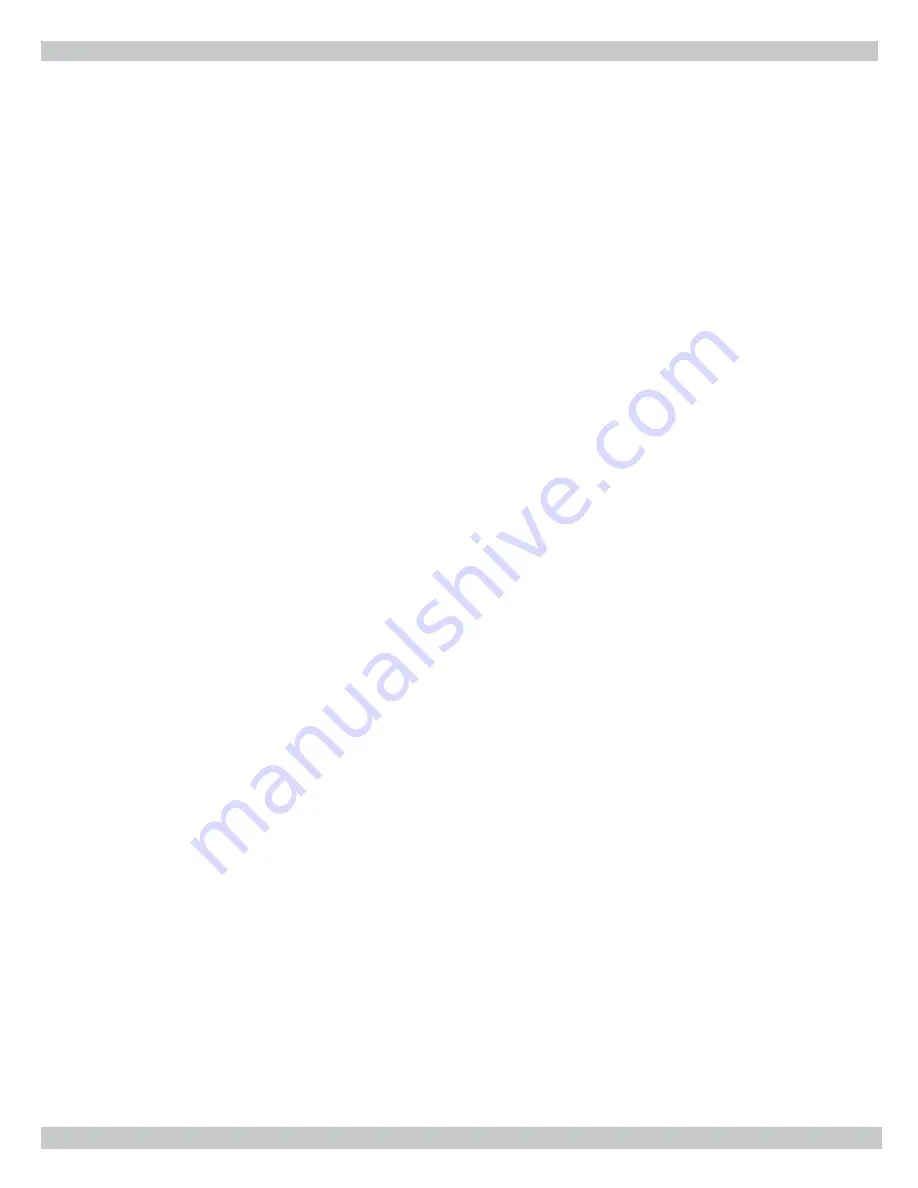
23
15 - MAINTAINING YOUR BOILER
BURNERS
Beginning of heating season visually check pilot end
main burner
fl
ames. See page 21.
SAFETY RELIEF VALVE
Refer to page 7 for important information. To test
safety relief valve refer to valve manufacturer’s in-
structions packaged with relief valve. Call Technical
Support if manufacturer’s instruction are not located.
EXPANSION TANK
Tank may become waterlogged, or may receive
excess of air. Frequent automatic opening of safety
relief valve indicates water logging. High boiler
temperature accompanied by unusually low radiation
unit temperature (and “knocking”) indicates excess
air in tank.
To correct:
Close valve between boiler and tank. Drain tank
1.
until empty.
Check all tank plugs and
fi
ttings. Tighten as
2.
necessary.
Open valve between boiler and tank. Water
3.
will rise to normal height in tank if you have
automatic
fi
ll valve (otherwise, manually re
fi
ll
system).
BOILER FLUE PASSAGES
Recommend following checked annually by quali
fi
ed
service agent.
fl
ue passages
•
burner
• adjustment
operation of controls
•
Before start of each season (or whenever system
has been shut down for some time) recheck whole
system for leaks and recheck boiler and vent pipe
for leaks. Replace or patch any boiler seals that are
faulty.
VENT PIPE
Venting and piping should be checked at least once
a season. If vent piping shows any sign of leaking,
replace immediately.
WATER SYSTEM
If system is to remain out of service during freezing
weather, always
drain it
completely (water left in to
freeze will crack pipes and/or boiler).
CLEANING YOUR BOILER AND BURNERS
Flue passages between sections should be examined
yearly and cleaned if necessary.
To clean:
Remove burners, pilot, and vent pipe.
•
Remove top and front jacket panels.
•
Remove two screws attaching intermediate front
•
panel to left and right side jacket panels.
Remove draft diverter and intermediate front panel
•
as a unit.
Carefully remove cerafelt gasket strips.
•
Clean passageways between sections with
fl
exible
•
handle wire brush. Remove dirt from bottom of
boiler and from between sections by vacuuming.
Verify all
fl
ame ports in burners are open and
•
clear. Shake out or blow out all loose dirt in
burners.
Reseal seams between adjacent sections as
•
necessary with 400
°
F RTV silicone sealant.
Reassemble all parts.
•
Verify tightness of pilot connections and condition
•
of burner
fl
ames after reassembly. See Figures 16
and 17, page 21.
Verify vent pipe connections to chimney are secure
•
and no obstructions are present.
HOUSEKEEPING
Keep boiler area clear and free from combustible
•
materials, gasoline and other
fl
ammable vapors
and liquids.
Keep boiler area clear of debris and other
•
materials obstructing
fl
ow of combustion and
ventilation air.










































